Want to understand what people are talking about during a game of **scram darts**? This **scram darts terminology glossary** provides a comprehensive breakdown of all the essential terms and phrases used in this exciting darts variant, helping you navigate the game with confidence. You’ll learn everything from scoring terms to strategic plays.
⚠️ Still Using Pen & Paper (or a Chalkboard)?! ⚠️
Step into the future! The Dart Counter App handles all the scoring, suggests checkouts, and tracks your stats automatically. It's easier than you think!
Try the Smart Dart Counter App FREE!Ready for an upgrade? Click above!
Decoding the Scram Darts Terminology Glossary
Understanding the language of **scram darts** is crucial for both playing and enjoying the game. This glossary covers all the common terms and phrases you’ll encounter, from the basics of scoring to the more advanced strategies and slang. Let’s dive in and de-mystify the world of scram darts lingo.
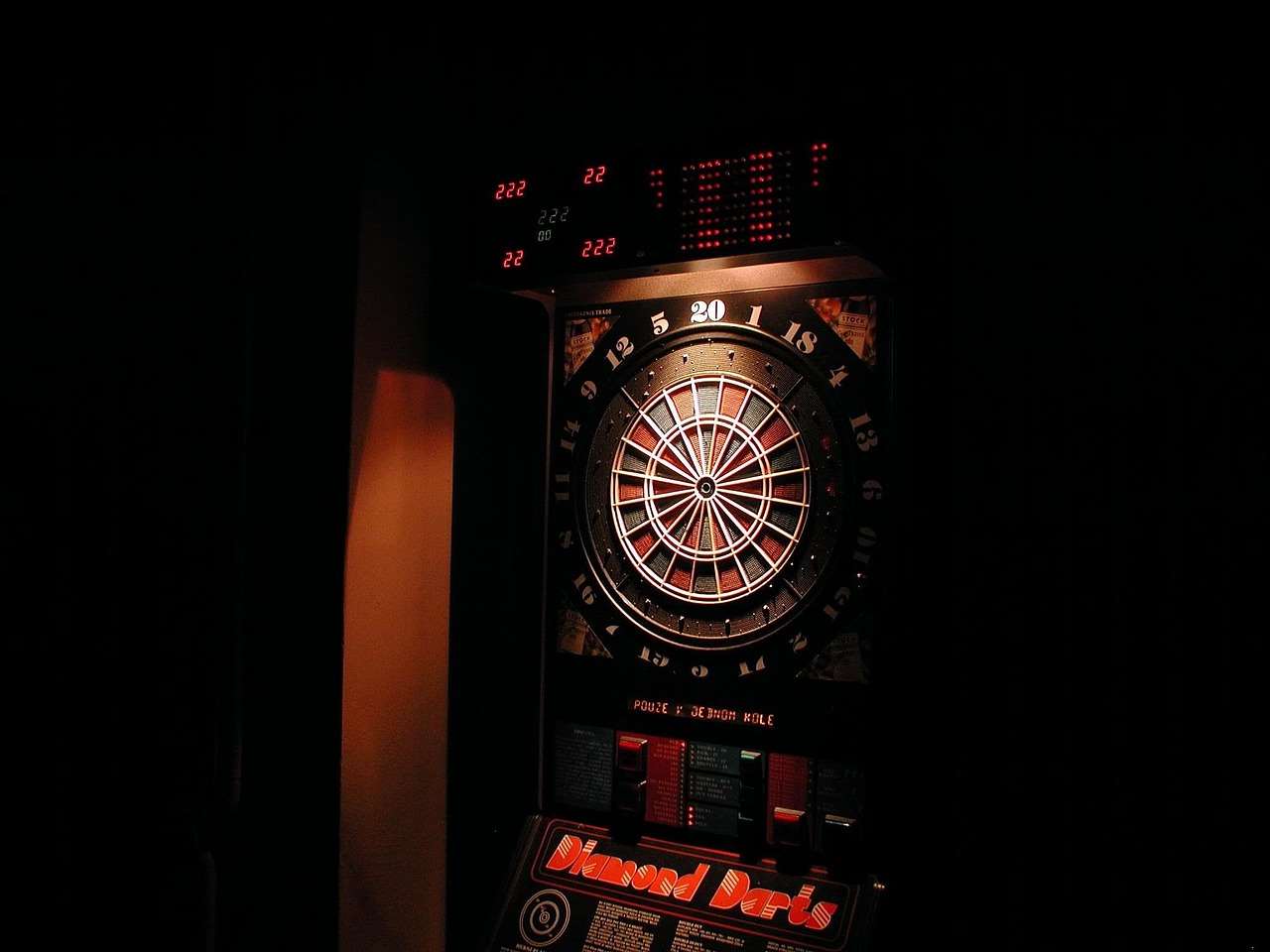
Basic Scoring Terms
- Single: A dart landing in the single section of a number.
- Double: A dart landing in the outer ring of a number, scoring double the number’s value. Doubles are crucial for finishing in many darts games, including scram.
- Triple: A dart landing in the inner ring of a number, scoring triple the number’s value. Triples are highly valued for rapid point accumulation.
- Bullseye: The center of the dartboard. The outer bullseye is worth 25 points, and the inner bullseye (double bull or bull) is worth 50 points.
- Treble Twenty (T20): The highest score achievable with a single dart, worth 60 points.
- Oche: The throwing line or toe line from which players throw their darts. The distance from the oche to the dartboard is standardized.
Understanding the Roles in Scram Darts
In **scram darts**, players typically take on different roles, which adds a strategic layer to the game. Knowing these roles and their objectives is key to playing effectively.
- The Attacker: In scram darts, the attacker’s primary goal is to close out all the numbers on the board. This is done by hitting each number at least once, often aiming for doubles and triples to quickly accumulate points and gain control. The attacker benefits from a strategic mindset, focusing on securing numbers while blocking the defender.
- The Defender: The defender’s role is to prevent the attacker from closing out the numbers. They score points on the numbers the attacker is trying to close. The defender has to be strategic and accurate, aiming to keep the game going as long as possible.
The dynamic between the attacker and defender is what makes scram darts so exciting and challenging. To spice things up try Darts Variants Fun Games!
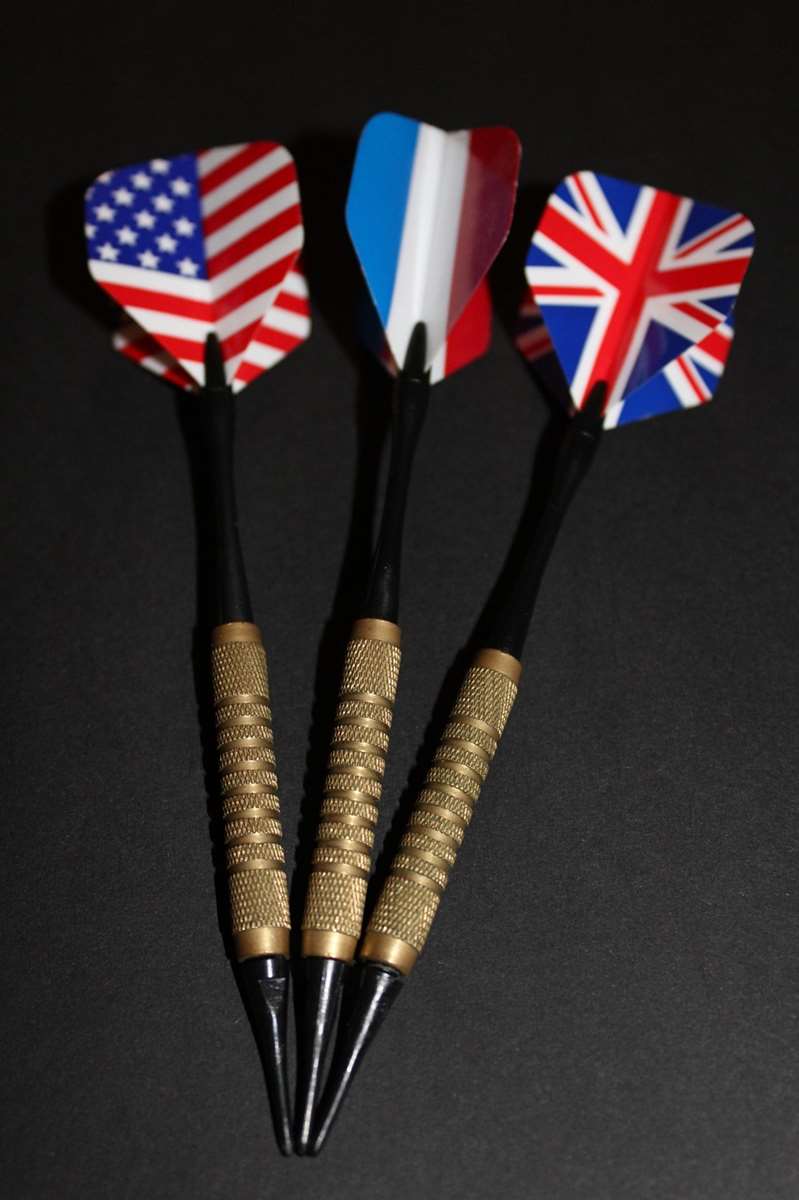
Common Game-Play Phrases
- Game Shot: The final dart thrown that wins the game.
- Checkout: The act of finishing the game by reaching zero with a double or bullseye.
- Ton: Scoring 100 or more points with three darts.
- Ton 40: Scoring 140 points with three darts.
- White Horse: Hitting three 180s in a single match.
Strategic Terms Used in Scram Darts
Beyond the basic scoring and gameplay terms, **scram darts terminology glossary** includes several strategic terms that players use to discuss tactics and gameplay.
- Blocking: The defender attempts to block the attacker by scoring on open numbers before the attacker can close them out.
- Covering: The attacker focuses on hitting numbers they’ve already scored on to secure them and prevent the defender from scoring.
- Opening: The attacker hits a number for the first time, making it available for scoring.
- Closing: The attacker hits a number that has already been opened, thereby preventing the defender from scoring on it.
Advanced Darting Lingo
As you become more experienced, you’ll start hearing more specialized terms. Here are a few to add to your vocabulary:
- Nine-Darter: The perfect game in darts, finishing 501 with only nine darts.
- Shanghai: Hitting a single, double, and triple of the same number in one turn.
- Robin Hood: When one dart lands directly into another already in the board.
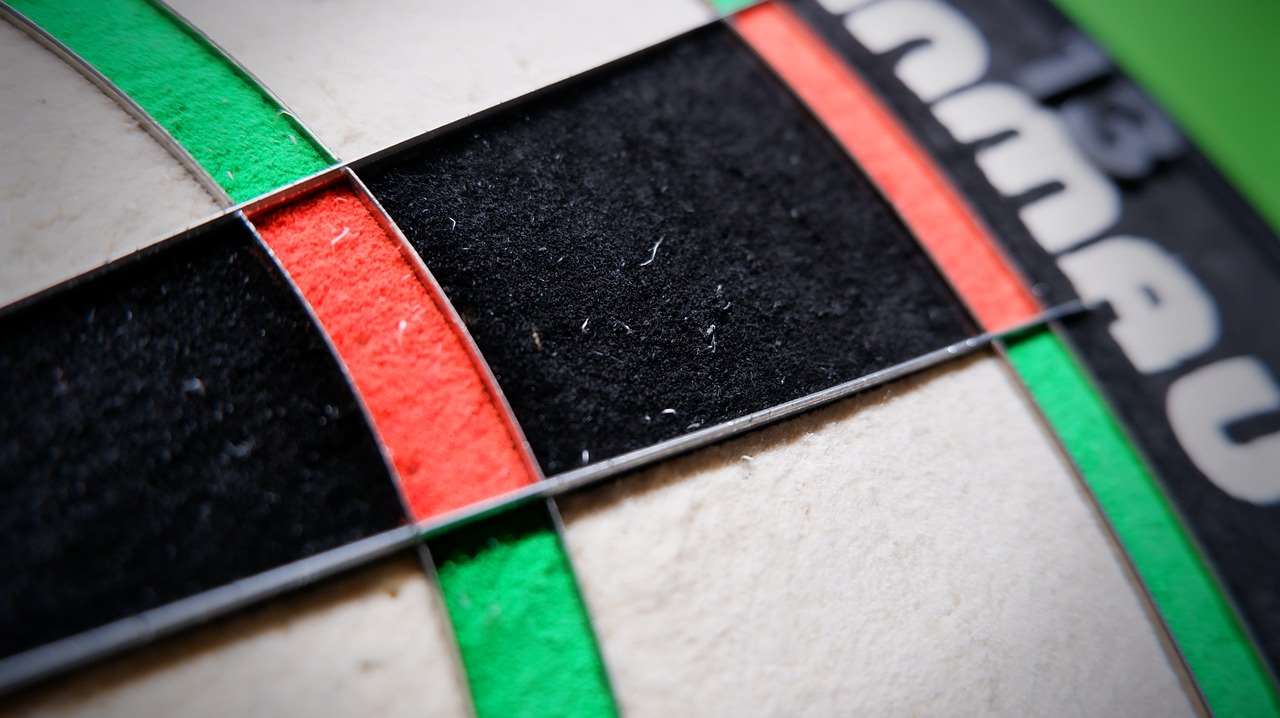
Tips for Mastering Scram Darts Terminology
Here are some tips to help you master the **scram darts terminology glossary** and become a more confident player:
- Practice Regularly: The more you play, the more familiar you’ll become with the terms.
- Watch Professional Games: Listen to the commentators; they often use these terms.
- Play with Experienced Players: Learn from their strategies and the language they use.
- Create Flashcards: Use flashcards to memorize the definitions of different terms.
- Use Online Resources: There are many websites and apps dedicated to darts terminology.
By actively engaging with the language of darts, you’ll not only understand the game better but also communicate more effectively with other players. This knowledge will enhance your overall darts experience and help you improve your gameplay.
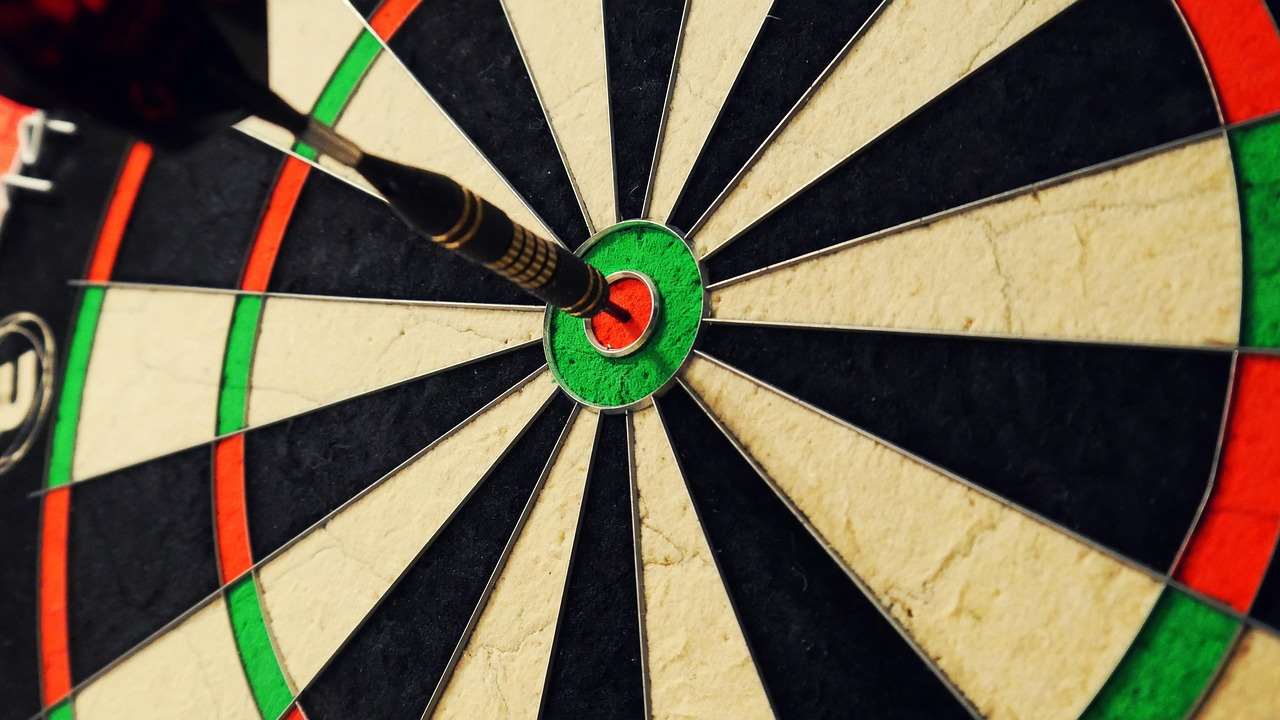
Why a Scram Darts Terminology Glossary Matters
Having a solid grasp of the **scram darts terminology glossary** is more than just knowing the words; it’s about understanding the nuances of the game, improving communication, and enhancing your strategic thinking.
- Improved Communication: Knowing the correct terms allows you to communicate effectively with teammates and opponents.
- Strategic Advantage: Understanding the language of darts helps you analyze gameplay and develop effective strategies.
- Enhanced Enjoyment: Being familiar with the terminology makes watching and playing darts more enjoyable.
- Professionalism: Using the correct terms demonstrates respect for the game and your fellow players.
In essence, mastering the **scram darts terminology glossary** elevates your game from a casual pastime to a more serious and engaging pursuit. It allows you to immerse yourself fully in the world of darts, appreciate the skill and strategy involved, and connect with other players on a deeper level.
Familiarize yourself with old dart games rules.
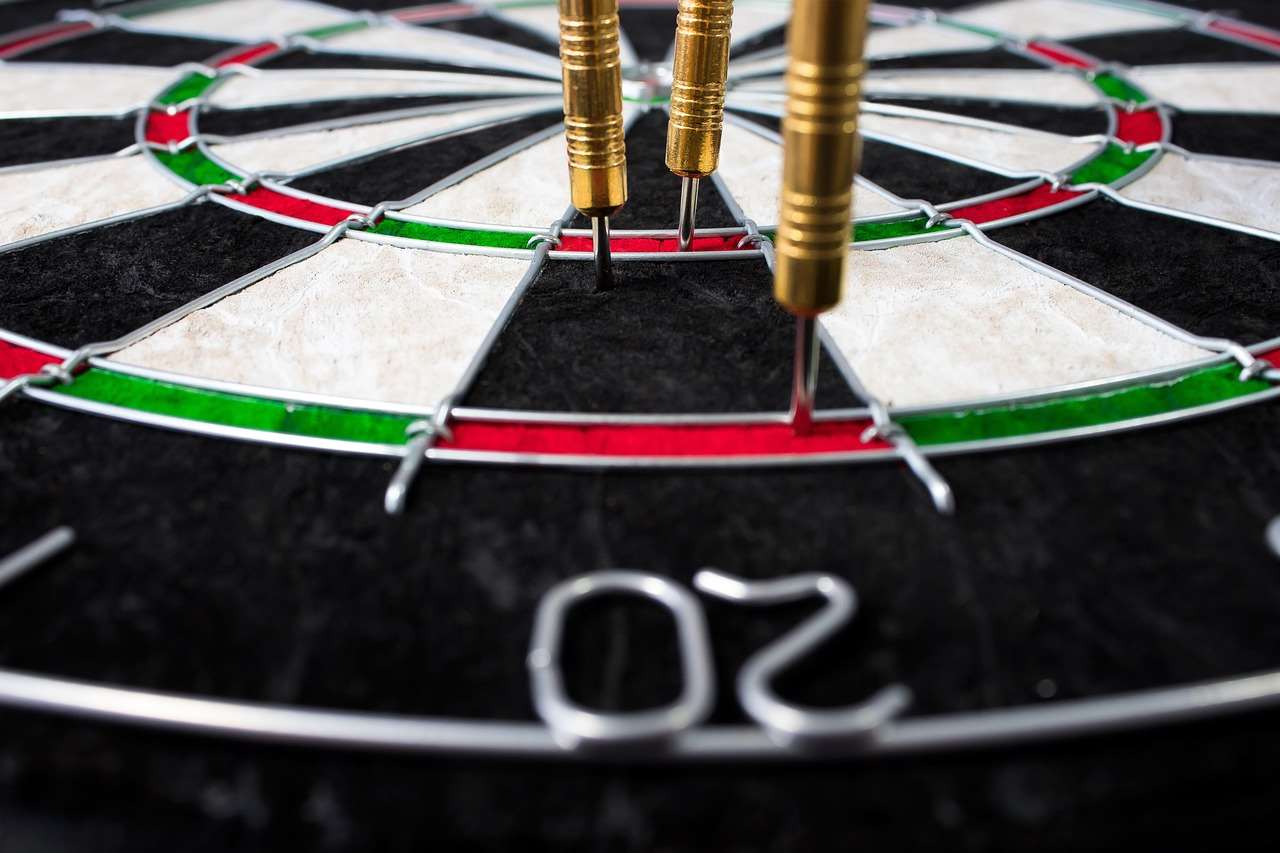
Beyond Scram: Expanding Your Darts Vocabulary
While this glossary focuses on **scram darts terminology**, remember that the world of darts is vast and varied. There are many other dart games, each with its own unique rules and terminology. Expanding your vocabulary beyond scram will make you a more versatile and knowledgeable player.
Other Dart Games and Their Terms
- Cricket: A popular darts game where players score on specific numbers (20, 19, 18, 17, 16, 15, and bullseye).
- Around the Clock: A game where players must hit each number on the board in order, from 1 to 20.
- Killer: A game where players must establish a number and then protect it from being eliminated by other players.
By learning the terminology of different dart games, you can participate in a wider range of competitions and enjoy a more diverse darts experience. Embrace the challenge of mastering new terms and strategies, and you’ll find yourself becoming a more well-rounded and accomplished darts player.
Conclusion: Becoming a Darts Terminology Expert
This **scram darts terminology glossary** provides a solid foundation for understanding the language of this exciting dart game. By mastering these terms, you’ll enhance your communication, strategic thinking, and overall enjoyment of darts. So, grab your darts, study this glossary, and get ready to impress your friends with your newfound knowledge! Now that you have a good understanding of the terms, why not grab some friends and check out other historical dart game variations? Start using these terms and elevate your game today!
Hi, I’m Dieter, and I created Dartcounter (Dartcounterapp.com). My motivation wasn’t being a darts expert – quite the opposite! When I first started playing, I loved the game but found keeping accurate scores and tracking stats difficult and distracting.
I figured I couldn’t be the only one struggling with this. So, I decided to build a solution: an easy-to-use application that everyone, no matter their experience level, could use to manage scoring effortlessly.
My goal for Dartcounter was simple: let the app handle the numbers – the scoring, the averages, the stats, even checkout suggestions – so players could focus purely on their throw and enjoying the game. It began as a way to solve my own beginner’s problem, and I’m thrilled it has grown into a helpful tool for the wider darts community.